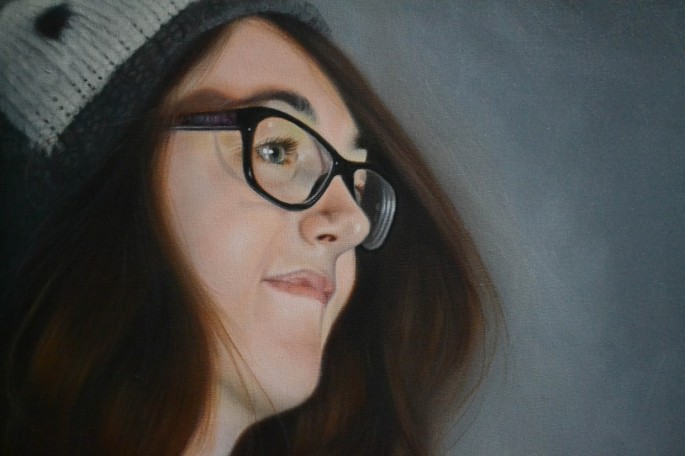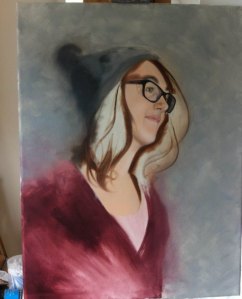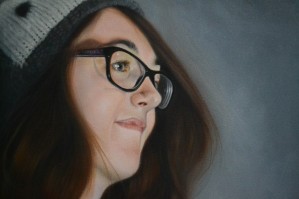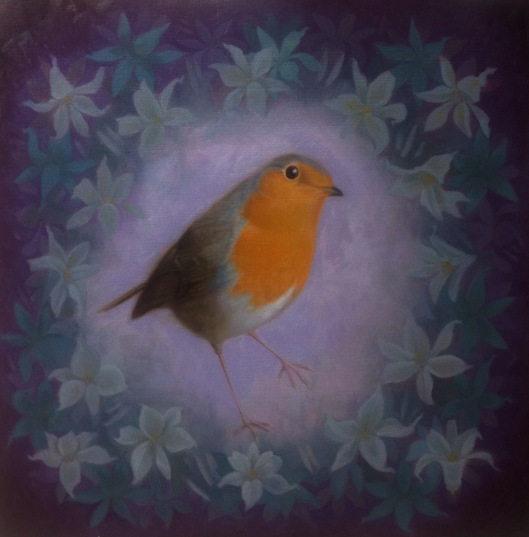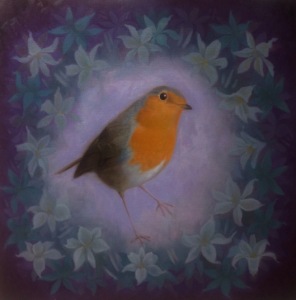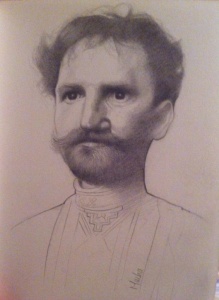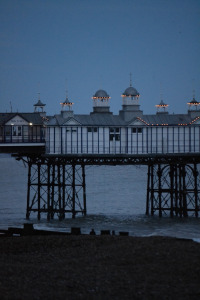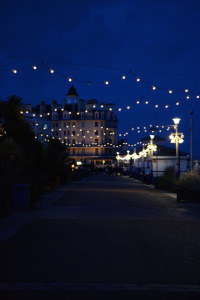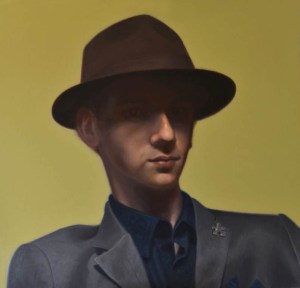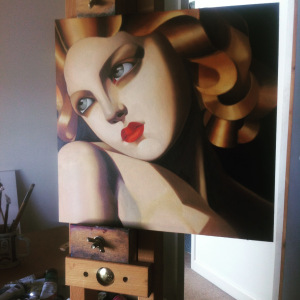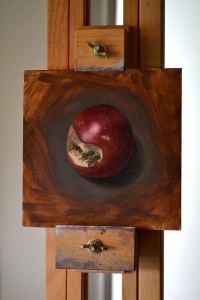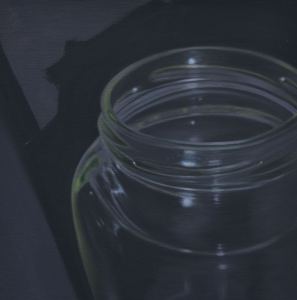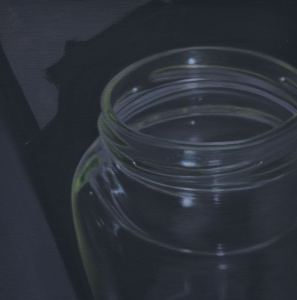Unfilled time is dangerous stuff and the old adage that “the devil makes work for idle hands” is probably largely true. There can be few things more unproductive than a day in which you have no plans. Don’t get me wrong, a day off spent doing nothing can sometimes be absolute bliss, but a day that should be spent working when you have no plans can be quite the opposite!
To quote Chuck Close again, “inspiration is for amateurs”. As an artist you’re better off painting anything than sitting around waiting for inspiration to strike. If you can’t bear to paint just anything then get out of the studio and go for a walk, have a coffee, see a friend, visit an exhibition, do anything that distracts you from the problem in hand. For it is often in doing something unconnected that inspiration strikes. Ever tried to remember a name and suffered memory constipation? It’s normally when we stop trying to remember that the memory pops into place. Inspiration is a similar mental process. Trying to think of something inspirational is a dead alley, you need fresh input and distraction.
A few of my latest paintings have been the result of a need to paint… something, anything! I’m not likely to paint a 21st century Mona Lisa, a) because it’s not a painting I like particularly and b) because I need to put in a few thousand more hours before I get that good… if ever! But the act of painting is a great teacher, to the artist that is prepared to be honest about their work. We learn new techniques, we hopefully see what we’re doing wrong and work on ways to fix it, we strive more and more with each new picture to express what’s inside of us straining to make it to canvas! Hopefully eventually we find our own artistic voice.
I think in this way, art mimics life. In life we copy people, we see characteristics that they may have and we try to emulate them, we try to incorporate something of people we admire within ourselves. Art is much the same, the art we admire we often try to emulate. We incorporate things in our own work that we have learnt from studying others and that is perfectly fine. We are all as people a mixture of the friends and family that have helped shaped who we are, to a greater extent, we get to choose who we are. In art we are shaped by the myriad of styles and art that we have seen, admired and tried to copy.
Anyway it seems to still be warm and sunny here on the South Coast of the UK. Summer seems reluctant to leave and Autumn a late guest that’s yet to arrive. Normally I’d be sitting here typing and looking out at leaden skies and feeling the dullness of the Autumn rains, but it’s warm and sunny and I’m between a new commission and a just finished portrait which finally means I have time to blog. So here’s the portrait.
“Lauren” is oil of canvas. Lauren is talented local animator and a family friend and she was a real sport in posing for the reference shots for this picture. Thanks Lauren.
Finished portrait. Sadly my camera won’t show the shadow detail in the hair etc. without over exposing the skin tones, so this is the best I could manage.
Early stages with some detail, but mostly underpainting. The left shoulder as you look at the picture was to high and bulky at this point.
Resolved most of it by now. The squid is one of Lauren’s characters and he does make it to the final piece, he was repainted and hardly visible in the final piece photo’ though. Also I improved the skins tones and deepened the shadows, picked up the highlights etc.
Painted using mostly Winsor and Newton oils (Artist’s range and Winton), some Michael Harding tubes and some Jackson’s Artist’s oils. The Winsor and Newton Winton colours are generally excellent, but a few like Raw Sienna are poor at tinting, so for those I’m currently using Michael Harding… currently. The Jackson’s own brand oil colours are also excellent and great value in the UK. Michael Harding’s Raw Sienna was a bit gritty, but at least it stains well. If you can recommend a good Raw Sienna I’d be happy to try it.

